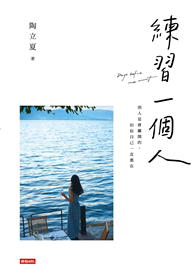GIVEN the constraints on female emancipation in the late Victorian era in which she commercially thrived, and even by today’s standards, Agnes Bertha Marshall was a remarkable achiever.
She was only in her 30s when The Book of Ices first appeared in the mid-1890s, yet she was already a respected chef and author who had previously published two general cookery books. Agnes used her reputational and financial success to establish a cookery school in Mortimer Street, London; publish a weekly subscription magazine; and launch an extensive range of Marshall-branded cookware, fruit and liqueur syrups, and general cookery ingredients. She even ran an employment agency specialising in chefs, cooks, cook-housekeepers, butlers and other domestic staff. Agnes Bertha Marshall was born in East London in 1855 but little is known about her early life, except that, following the untimely death of her father, she took an early professional interest in cookery, with The Pall Mall Gazette reporting that she "practised at Paris and with Vienna’s celebrated chefs." She married in 1878 but as an established chef, writer and entrepreneur she was understandably determined to retain her independence and to continue steering her various business interests, which she did until a horseriding accident in 1904 led to her death the following year. Despite the vintage of The Book of Ices, the modern home cook will be entertained by and derive practical enjoyment and culinary pleasure from this new hardback edition, which presents all 118 of the original recipes for frozen desserts - including ice creams, mousses, sorbets, water ices, soufflés and accompaniments. With the exception of several contemporaneous advertisements from the original edition presented again in this edition, the text has been completely re-typeset slightly larger than the original and in a sympathetic typeface to provide improved legibility. The illustrations have been digitally remastered to enhance the detail and charm of the original engravings. We have for authenticity retained period spellings (such as cocoanut, pine-apple and red currants) where they occur in the original collection.
This edition exclusively benefits also from a Glossary of cookery terms and ingredients, including equivalents to or substitutes for period or hard-to-find products; a guide to modern methods of making frozen desserts; and a reorganised and expanded Index that makes it easier to locate a particular recipe or key ingredient than did the original book.

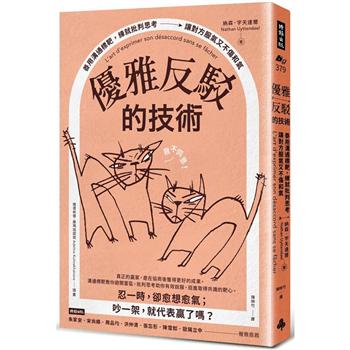
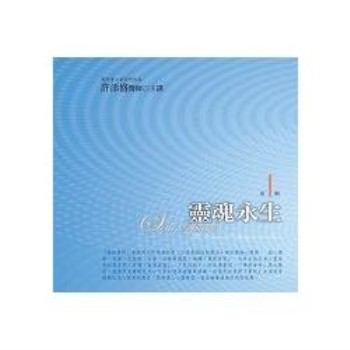
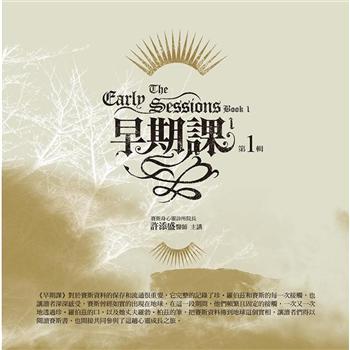




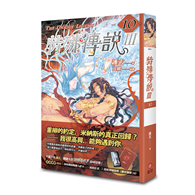
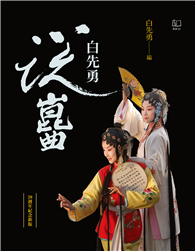
 2025【精選作文範例】國文(作文)[速成+歷年試題](不動產經紀人)](https://media.taaze.tw/showLargeImage.html?sc=14100120564)
